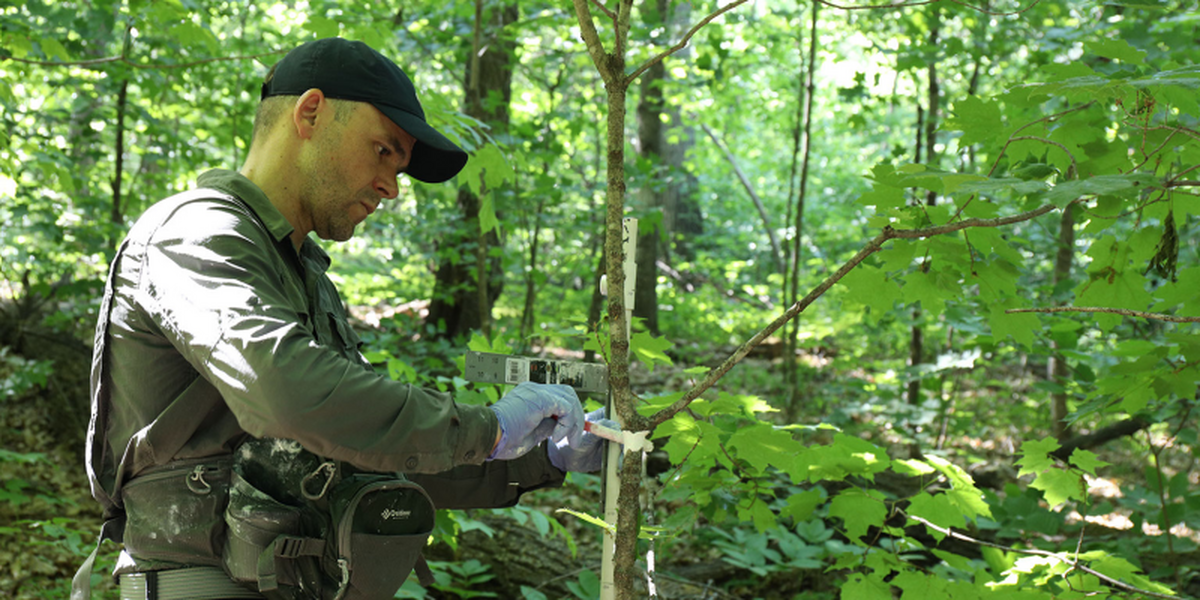
It’s a ... buoy!
From the shores of Lake Itasca, the blob on the horizon might be mistaken for an abandoned watercraft. State Park staff did just that earlier this year.
Up close, the blob morphs into a buoy, equipped with bells, whistles and adorned with bird poop. It’s equipped with instrumentation that captures conditions in the lake at different depths. The metrics include oxygen, temperature and chlorophyll content, which is helpful in predicting and monitoring for algal blooms.
Technical hiccups and pandemic-related challenges delayed the buoy’s debut, but this summer researchers, led by Ecology, Evolution and Behavior Professor James Cotner, fine-tuned the buoy. The number of research questions to come — and engagement opportunities — are numerous.
“It presents a rich opportunity to engage Itasca State Park visitors,” says Lesley Knoll, IBSL’s Associate Director. “Those who fish want to know about oxygen availability at different depths in the lake and our team is working to find a way to effectively share readings with people.”
The 40-acre wood
Coniferous and deciduous forests meet in Itasca State Park. Coniferous forests — comprised of trees with needles — are hallmarks on the northern Minnesota landscape. However, with the warming climate, the “creep” of broad-leaved deciduous trees north continues. Peter Kennedy, a professor in the College of Biological Sciences, is leading an effort to mark trees and track changes.
“By establishing this as a permanent set of tagged trees, we can watch what’s happening in the overstory and understory. We’re hopeful that this plot becomes a sandbox for collaborators at Itasca and beyond,” says Kennedy.
This plot, just a few miles from the station, is now the most well-marked woods in the state. Trees and shrubs with stems wider than a ballpoint pen are marked, measured, and their exact locations within the forest are mapped. Currently, the count stands at 35,000 plants. Come next year, the plot will formally join a network of similar plots around the globe, when data hits the web. —Claire Wilson
About the article | This article originally appeared in the Fall 2021 edition of Upstream, a biannual publication by Itasca Biological Station and Laboratories.